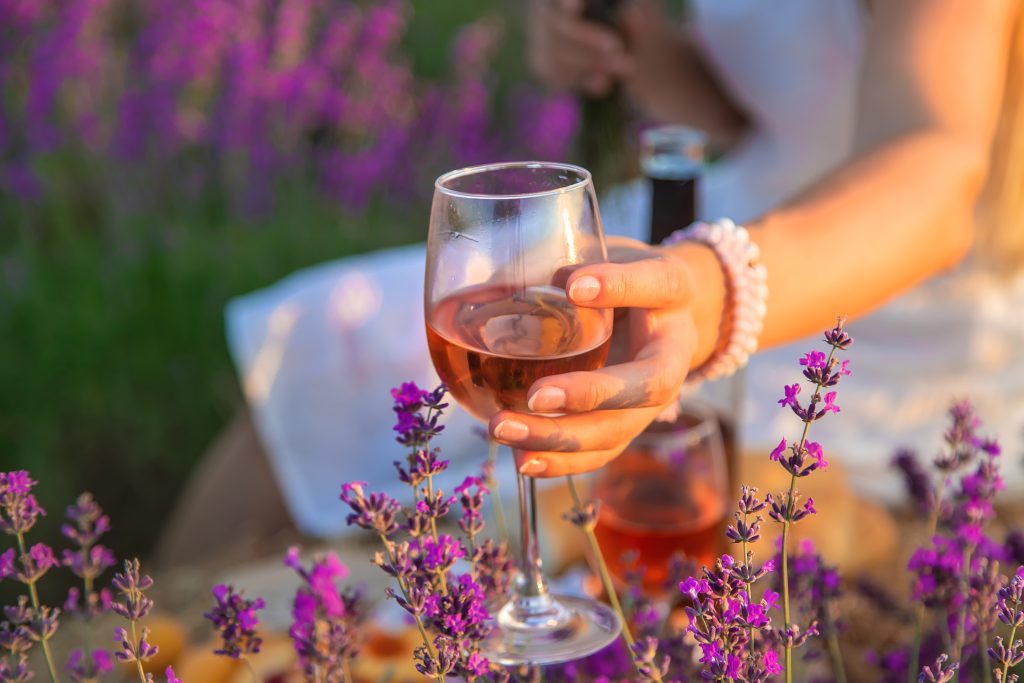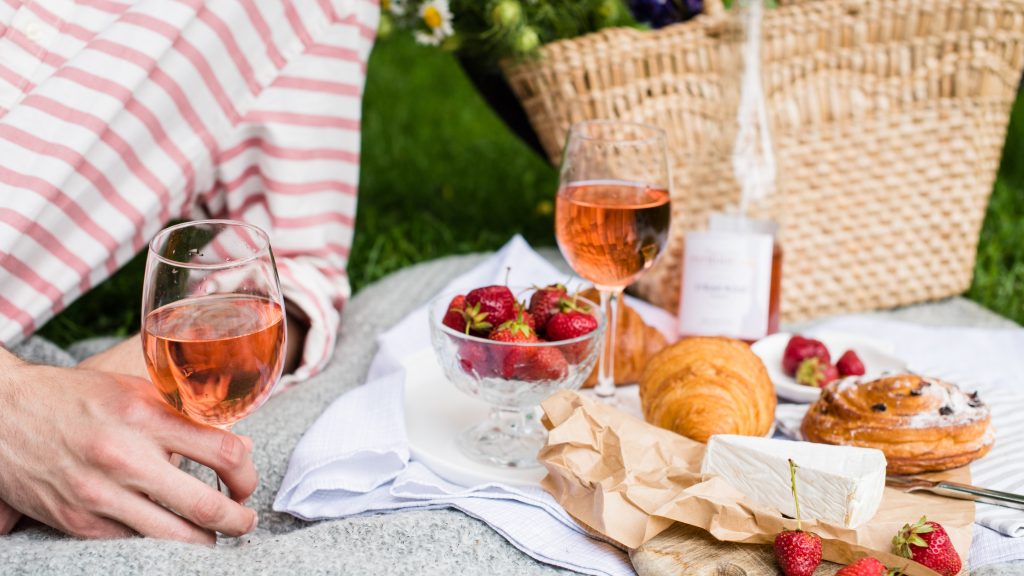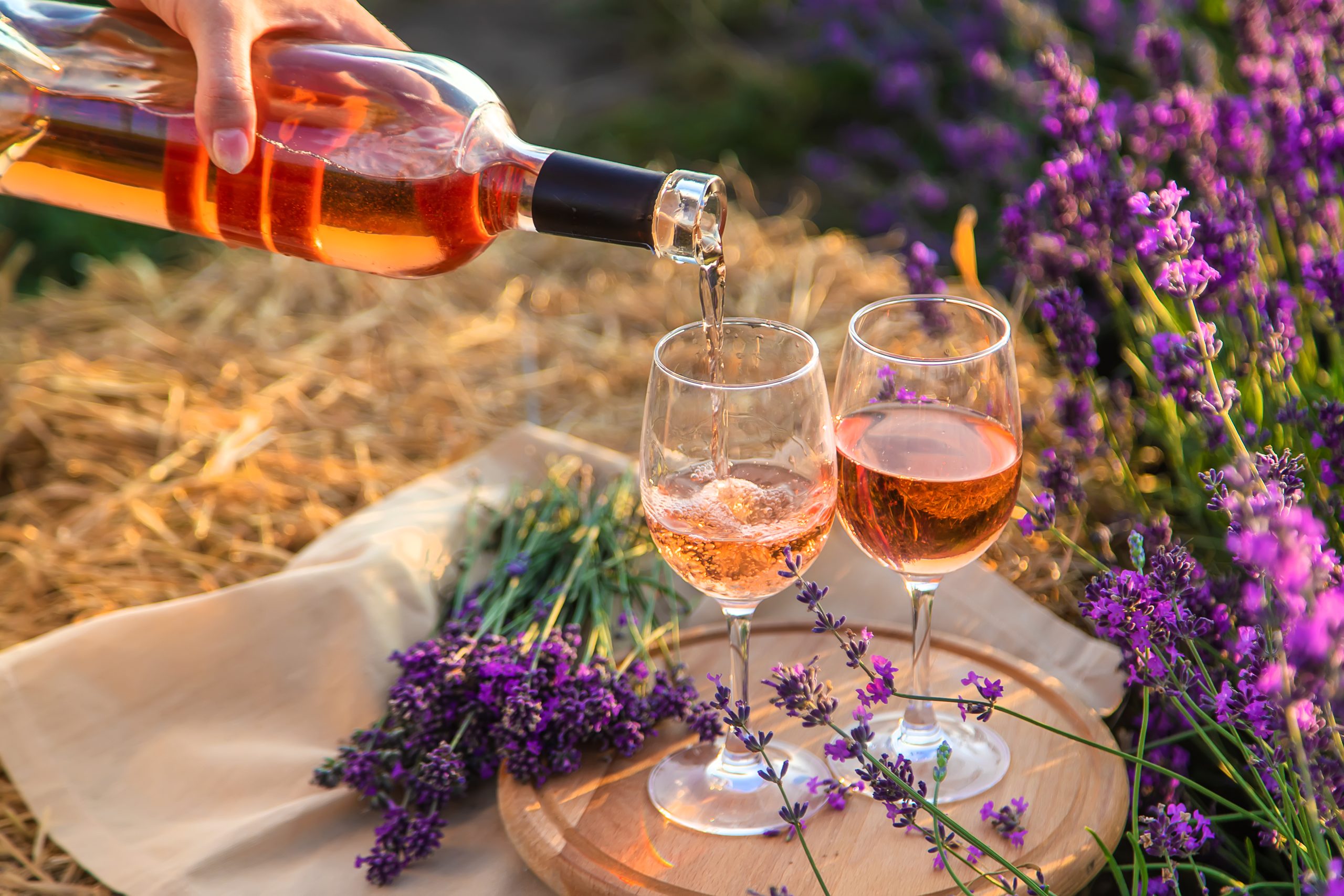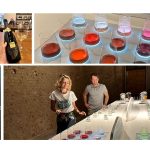The rosé and the sparkling wines are the only wine categories that have recorded a high, continuous and constant growth in recent years. And this is related to the primary need to feel good, to gain a dose of optimism and relaxation – and both categories do their duty abundantly in this field.
What gives the rosé wine its color?
Unfortunately, although more and more bottles of rosé wine are being sold (on their labels it is clearly written "Pinot noir", "Feteasca neagra", "Busuioaca de Bohotin" or something else), there are still enough consumers who "just know” that rosé is obtained by blending white and red wines. Possibly a strawberry wine from grandma’ and an aromatic table grape from the market, to bring forth some flavor…
Nothing more wrong – and illegal, on top of that! It is forbidden to blend white and red wines in order to obtain rosé wine, everywhere in the European Union, with very few exceptions (in the Champagne region and a semi-unknown local blend from Germany, considered a traditional product).
You know very well that the pulp of the grapes is not colored (again, with very small and rare exceptions). All the color is found in the skins, which means that the transfer of color to the juice occurs, in the overwhelming majority of cases, by macerating the skins in the fermenting juice. As this maceration lasts less, i.e. 6-36 hours, depending on several factors, the must does not extract enough color and, if it is separated from the skins at that very moment, it will remain pink.


Other methods of obtaining rosé wine
Another method, called "bleeding" (saignee), involves extracting a small fraction of wine (usually about 10%) from a vessel in which red wine is produced. The wine left in the vessel will have a more intense and deeper color, and the extracted rosé… remains rosé, in the absence of skins to color it.
But there are also cases where the grapes simply do not have enough color to produce a red wine. In Romania there are two varieties of aromatic grapes, Busuioaca de Bohotin and Tamaioasa roza, which can only produce rosé wines. With a more intense or less intense color, depending on the ripeness and the on the skins and must contact duration, but they will always be pink.
In addition to these two varieties, there are also grapes that usually produce white wines, but that have some pigment in their skins, in very small amounts: Pinot gris, Traminer roz, Babeasca gri or Gewurtztraminer. These, after long macerations, can produce wines of a very pale pink color, but pink enough to be called rosé wine.
The direct pressing of red grapes that have reached full ripeness or are even slightly dehydrated can also lead to obtaining a slightly colored must, in a color area between an onion leaf and a mandarin peel – be careful, however, do not allow its description to make you think of orange wines, those are white wines with long maceration, but which also go through a short oxidation process, which is the origin of their specific colour.

What rosé wine did we like this summer?
As mentioned above, rosés are hedonistic wines. No one expects great depth or great aging power, no one judges a lover of semi-sweet or semi-dry rosés, even the use of rosés for cocktails and even spritzes is no longer seen as an insult to greatness The Wine…
Still, we tasted them as they came in the bottle, without any add-ons, and we liked them a lot:
- Sparkling Mysterium Brut Vintage 2017 from Jidvei
- Mysterium Pinot noir rosé (Jidvei, exclusively in Carrefour)
- Caii de la Letea Geneza (Pinot noir, Syrah)
- Horses from Letea Princeps Rose (Black girl, Pinot noir, Syrah)
- Busuioaca de Bohotin, dry, Diamond Junior, Domeniile Averesti
- Cuvee Sissi – SERVE Winery from Ceptura
- Nasul Contesei (The Countess’ nose), from the Nasul Nobil (Noble Nose) range, SERVE Winery from Ceptura
- Terra Romana rosé (a classic of the same winery, SERVE)
- Moments rosé (Pinot noir, Negru de Dragasani), Crama Mennini
- Mon Rose (Feteasca neagra), Crama Pandora
- Nomad rosé, Aurelia Visinescu
- Augustin rosé (Cabernet Sauvignon, Merlot), DAVINO, exclusively at Carrefour.
- Cuvee Experience organic rose (Feteasca neagra, Cabernet Sauvignon), by Domeniul Bogdan
- Prima Silla, sparkling rose Budureasca
- Solo Quinta rosé (Merlot, Syrah, Feteasca Neagra, Novac, Negru de Dragașani), Cramele Recas
-
Cotnari Domenii, Feteasca neagra rose, limited edition, Casa de Vinuri Cotnari, exclusively in Carrefour
Have fun quenching your thirst!








